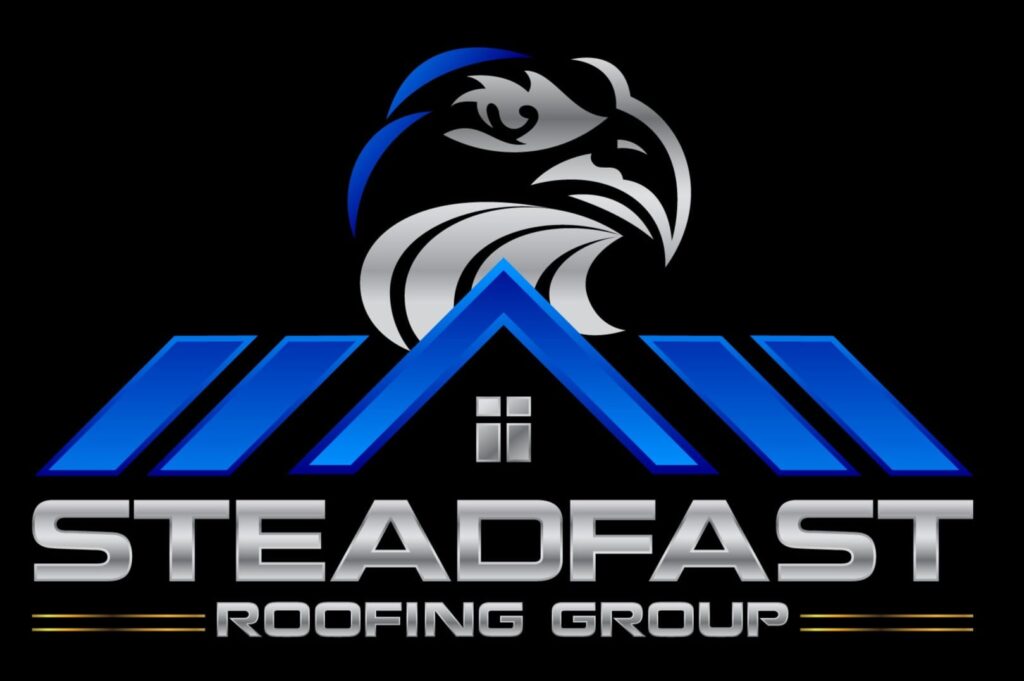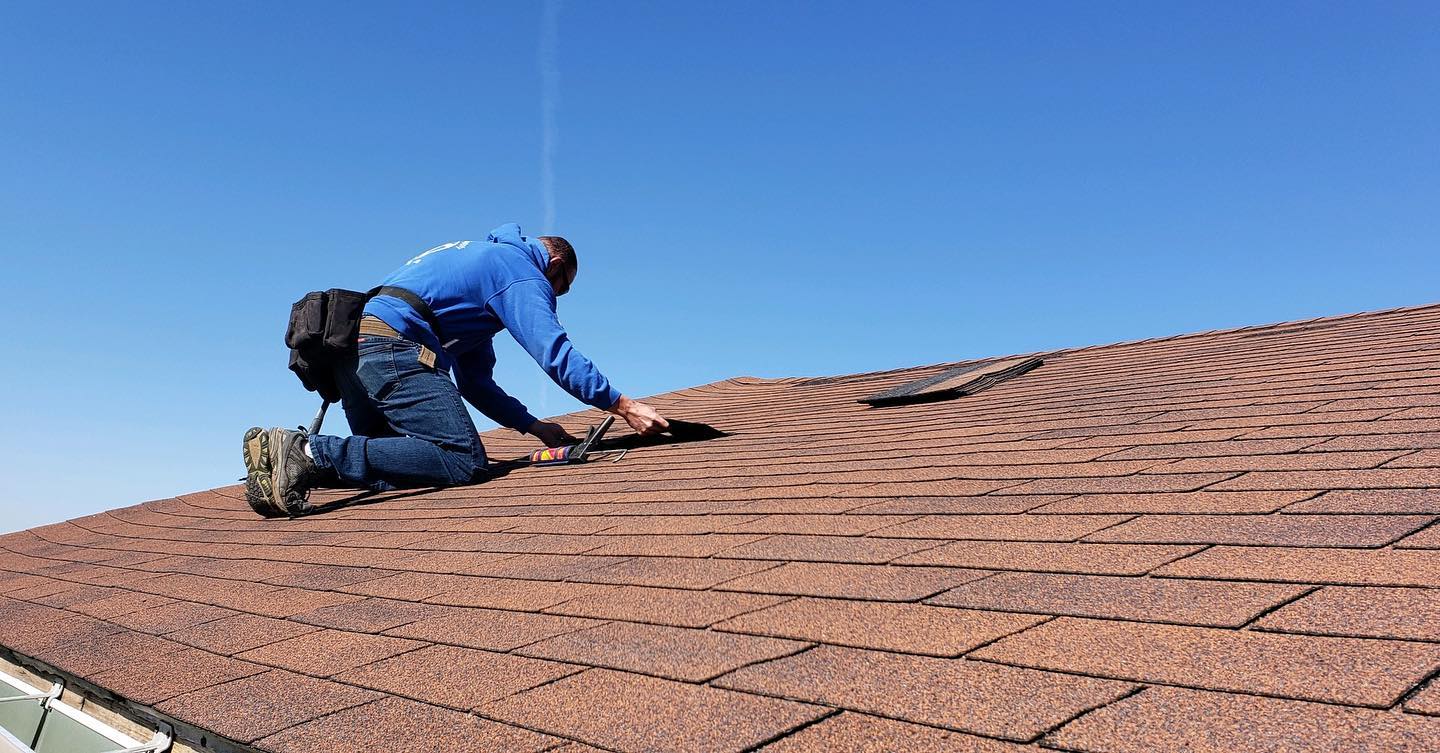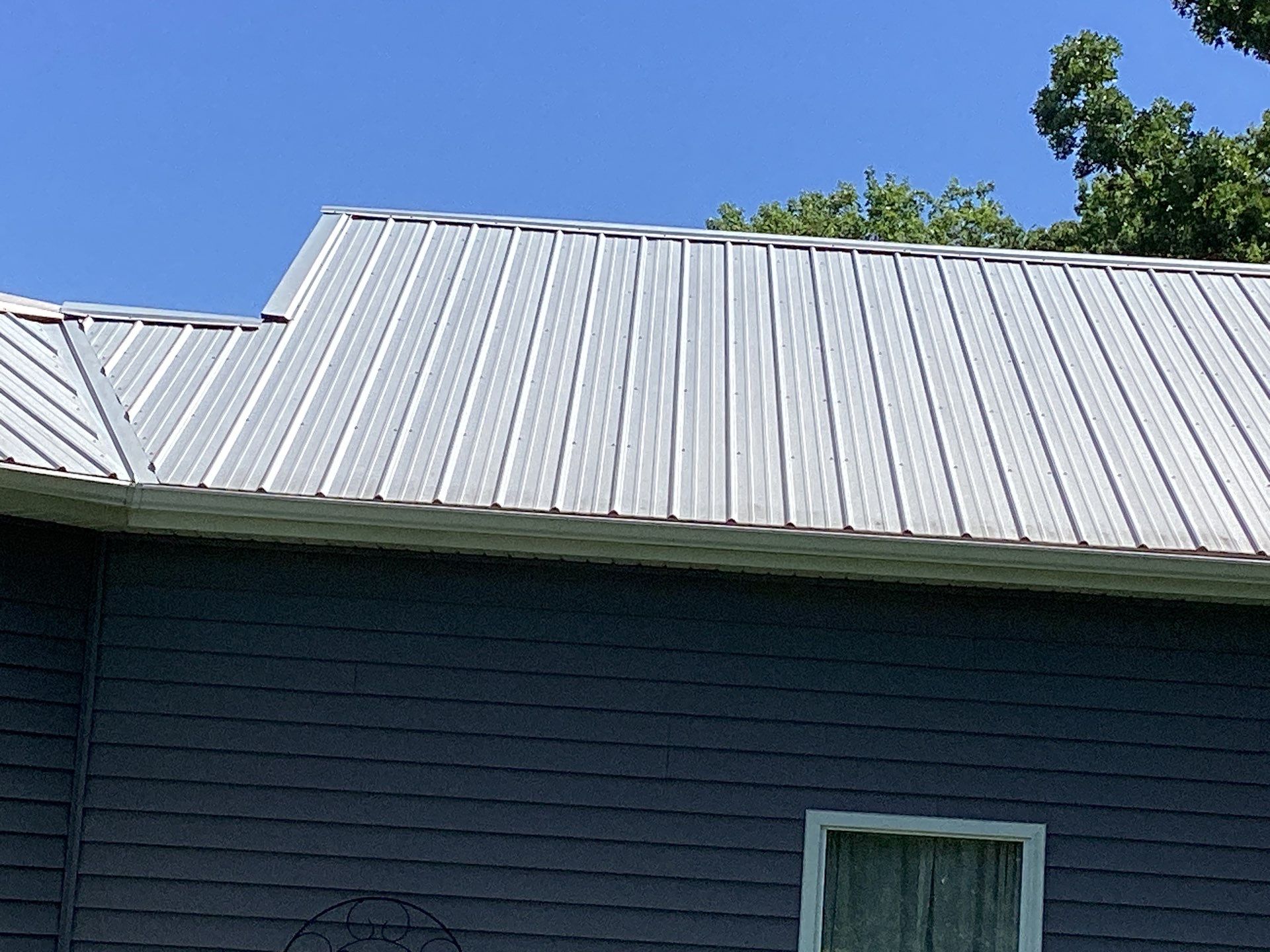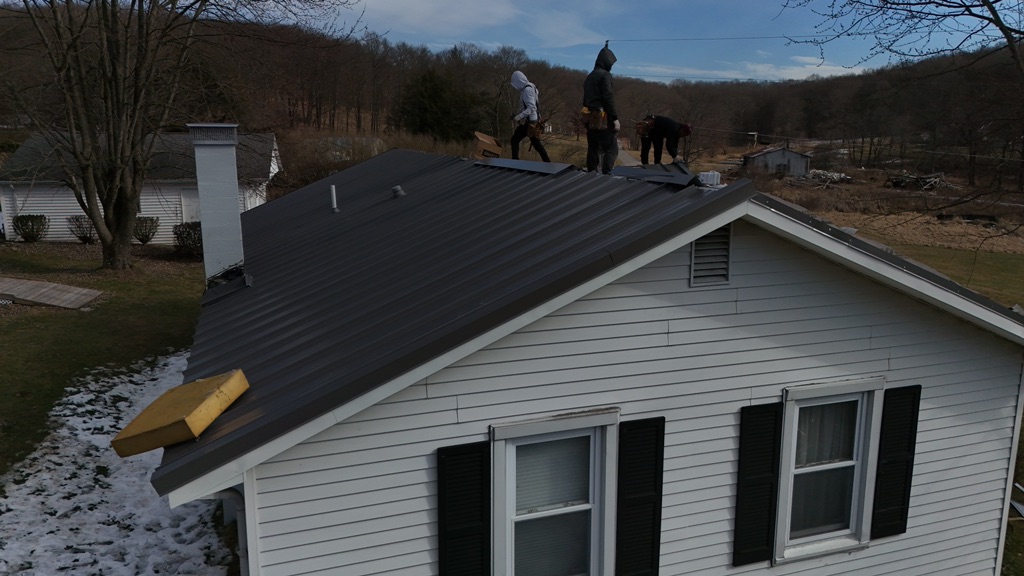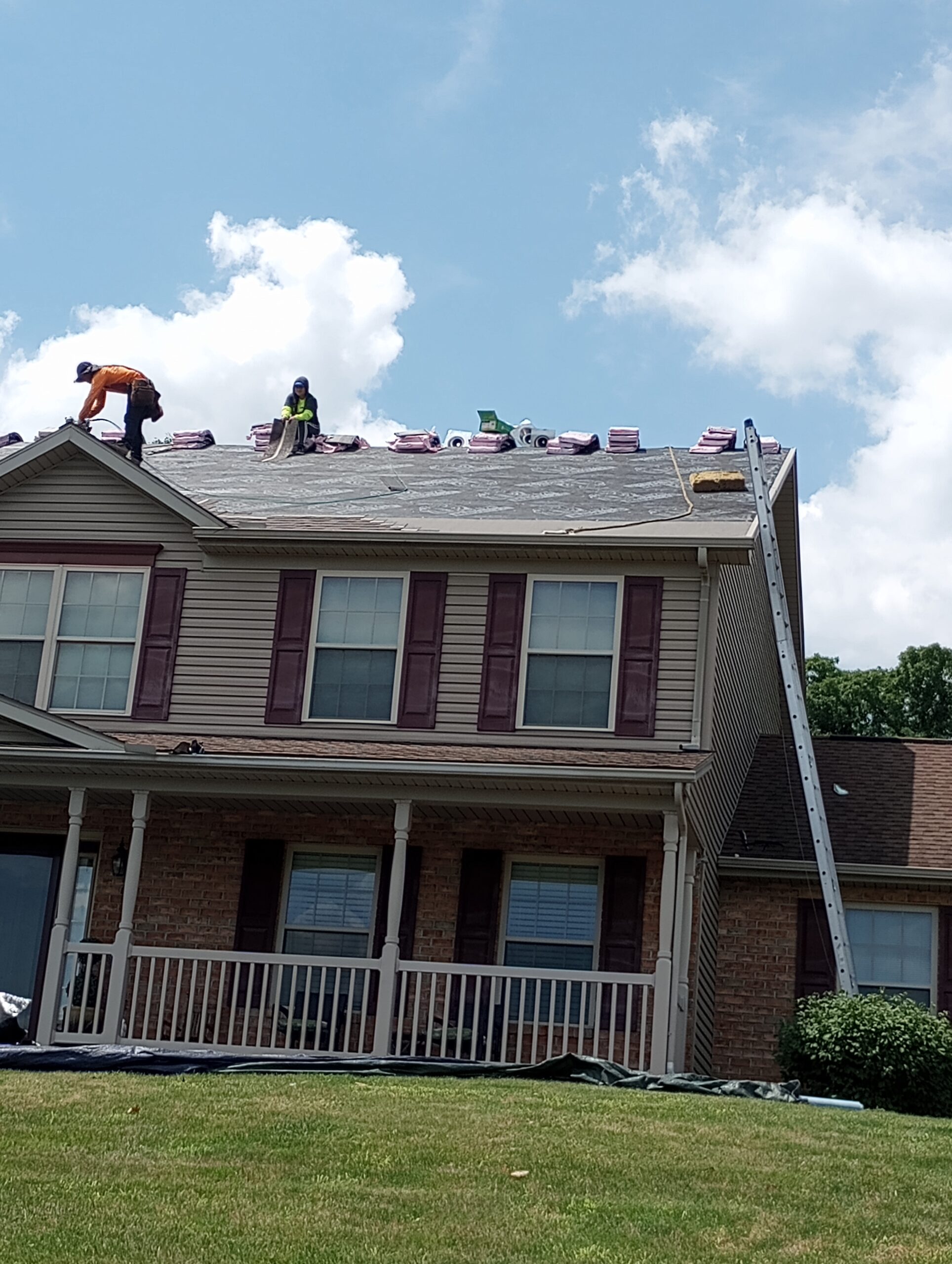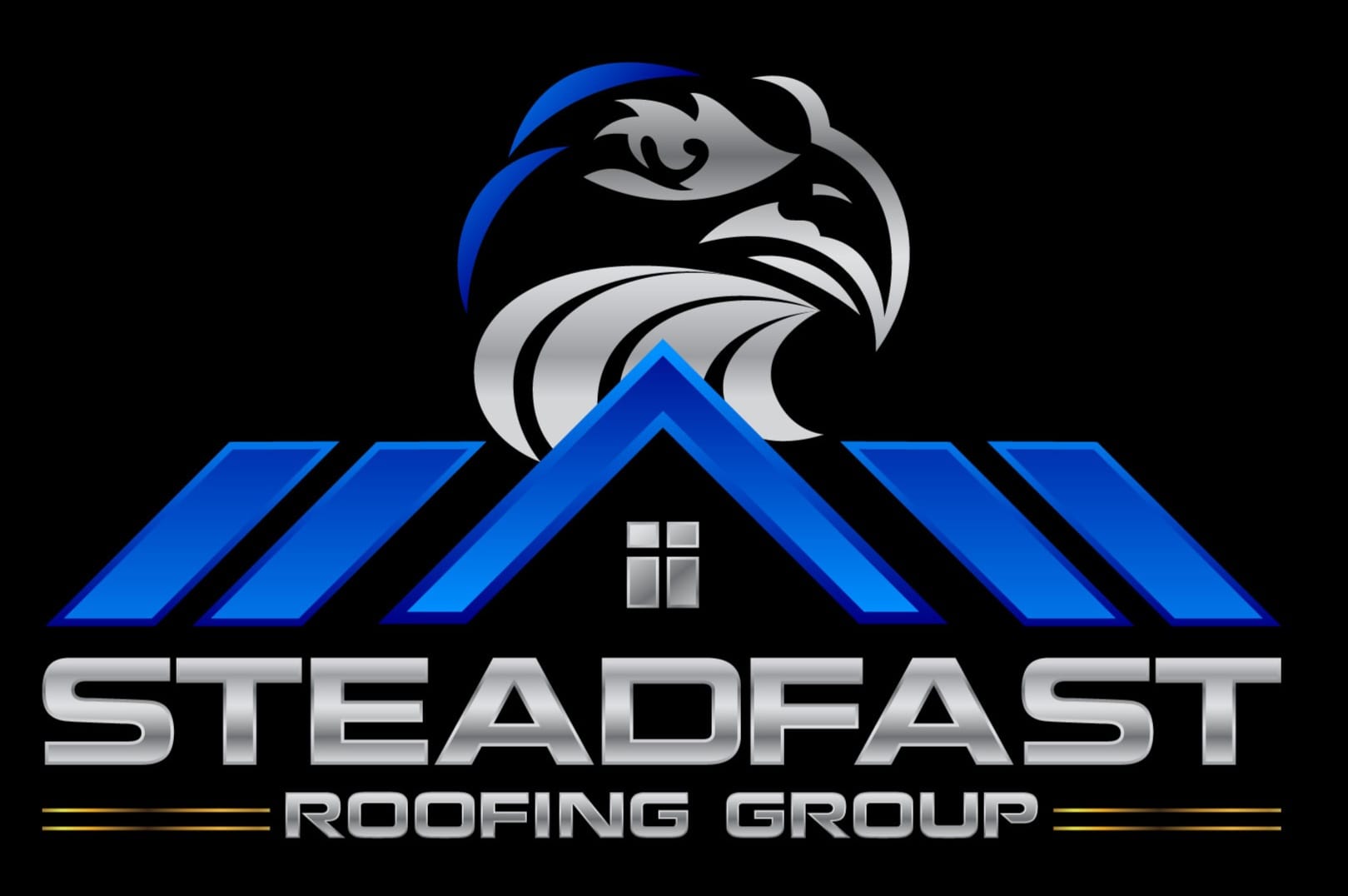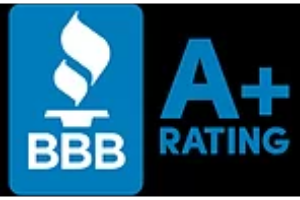The standard pitch of a roof in Pennsylvania is an important factor to consider when constructing or remodeling any structure. The exact slope and angle of the roof can have serious implications for both performance and appearance, as well as meeting local regulations on building codes. This article will outline the various measurements that are used in determining the appropriate pitch for a roof in Pennsylvania, as well as discuss how these standards may vary from one area to another.
Different regions require different specifications when it comes to the construction of buildings; this includes not only the materials used but also dimensions such as height and width, insulation requirements, and even angles of roofs. In order to ensure that all structures meet certain levels of safety and quality assurance, each region has its own set of guidelines regarding acceptable pitches for roofs. For example, most areas specify that roofs should be pitched at least three-fourths inch per foot (3/4:12) for shingles or other similar material. However, some states may require higher minimums depending on their climate conditions.
Definition Of Roof Pitch
A roof pitch is the measurement of a roof’s incline from its horizontal base. It is expressed as a ratio or angle and is determined based on the number of inches that it rises vertically for every 12 inches it runs horizontally. A standard roof will typically have a pitch between 4:12, which means that for every four vertical feet, there are twelve horizontal feet, and 8:12, which indicates eight vertical feet to each twelve horizontal feet. The lower pitched roofs can be more efficient in regards to drainage while higher pitched roofs may provide better ventilation and insulation. Additionally, some localities require certain minimum pitches depending on climate and other factors such as snow load capacity.
Common Types Of Roofs In Pa
Roof pitch is an important factor in determining the type of roof that will be constructed. In Pennsylvania, there are four common types of roofs: flat, low-slope, medium slope and steep slope. Flat roofs have a pitch of less than 3/12, meaning that for every 12 inches across its width, it has three or fewer inches of rise. Low-slope roofs generally range between 4/12 and 6/12. Medium slopes are 7/12 to 9/12 and steep slopes start at 10/12 or greater.
The steeper the pitch, the more difficult it is to construct due to increased labor costs and complexity of installation; however, they can last longer when properly maintained as they provide better water shedding capabilities. Properly installed flashing on these roofs also helps with rainwater runoff protection. Additionally, these roofs require extra insulation since heat rises quickly along the steep surfaces which may lead to ice dams if not adequately insulated during winter months.
Building Code Requirements
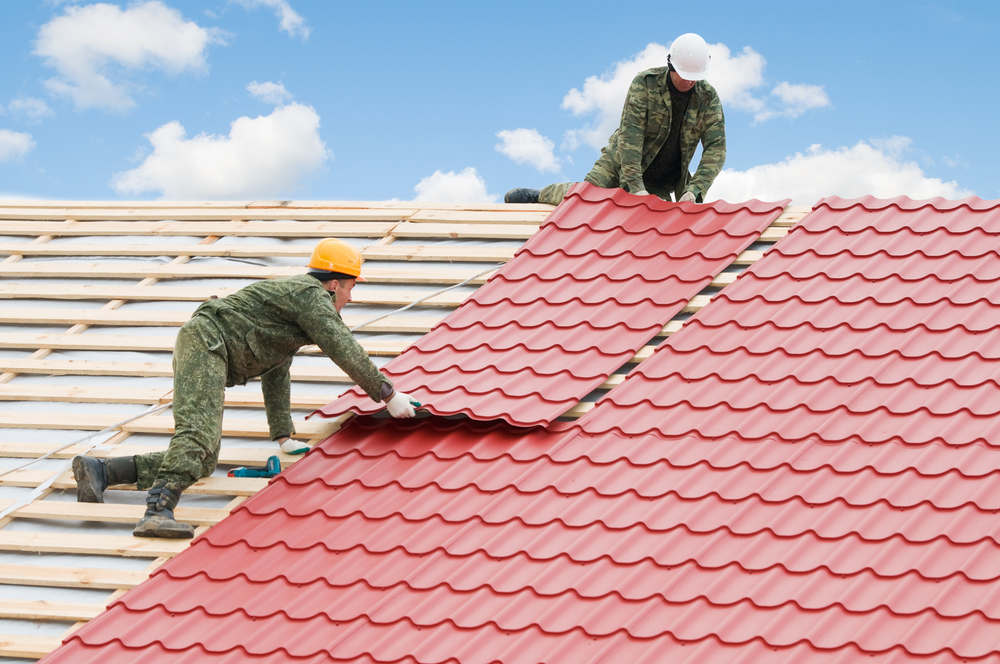
The pitch of a roof in Pennsylvania is typically determined by the local building codes. The state minimum for pitched roofs on residential structures is usually 4/12, meaning that for every 12 inches of horizontal measurement from wall plate to ridge board there should be a rise of four inches. Any slope greater than this requires special strategies and additional engineering analysis which may include wind uplift calculations. In some cases, buildings with slopes steeper than 8/12 require an engineered design and are subject to additional review and permitting requirements. Generally speaking, pitches lower than 4/12 are not acceptable under the PA Uniform Construction Code (UCC). Special exceptions can apply based on climate conditions or other factors but these must be carefully reviewed with local code officials before installation.
Calculating Roof Pitch
Calculating the pitch of a roof in Pennsylvania is typically done using one of two methods. The first method involves measuring 12 inches along the edge of the roof and then measuring the vertical drop from that point to the peak of the roof. This measurement is then divided by 12, which gives you an approximate value for the pitch, such as 7/12 or 8/12. The other method requires taking two measurements: one at the eave (bottom) of the roof and one at its ridge (top). Then divide this distance by twice the height between these points to get your pitch measure. For instance, if it measures 5 feet from eave to ridge and 2 1/2 feet in height, your pitch would be calculated as 10/12. Both methods will provide adequate information about the slope of a roof in Pennsylvania.
Pros And Cons Of Standard Pitch
A standard pitch of a roof in Pennsylvania is typically 6/12 or 7/12. This means that the slope of the roof rises 6 inches for every 12 inches horizontally, or 7 inches for every 12 inches horizontally respectively. The benefits and drawbacks to using this type of pitch should be considered before any construction project begins.
One advantage to having a standard pitched roof is that it promotes better drainage during rainy conditions, allowing water to easily flow off the side of the house rather than pooling at certain points on the surface. Additionally, since it is such a common style among homes in Pennsylvania, there are more experienced contractors available who can install it quickly and accurately.
However, one disadvantage is that a standard pitched roof requires extra materials compared to other types of roofs which could lead to increased costs. In addition, if high winds occur then there may be some issues with shingle blow-off due to its steeper angle. It also adds height to the home so additional building permits may be required depending on local regulations.
Factors To Consider When Choosing A Roof Pitch

When choosing a roof pitch for any structure, it is important to consider the climate and environment in which the building will be located. For instance, areas with heavy snowfall should use a steeper pitch in order to accommodate large amounts of snow without having it accumulate on the roof. A shallow pitch may also fail to provide adequate protection from strong winds or other weather conditions. In addition, when selecting materials for roofing, consideration must be given to their suitability for different levels of slope; some materials work better at lower angles than others do.
The type and size of structure being built can also affect the suitable angle of a roof’s slope. For example, residential structures with steep roofs are more aesthetically pleasing while commercial buildings tend to have flatter pitched roofs that allow easy access to fixtures such as air conditioning units or solar panels. Furthermore, certain local zoning regulations may require specific minimum slopes depending upon the area and type of construction. Therefore, it is essential to take all these factors into account before deciding upon an appropriate roof pitch for any building project.
Impact On Cost And Installation Time
The roof pitch, or angle of a roof, has an impact on the cost and time it takes to install. A steeper pitched roof requires more material, labor, and skilled trades such as carpenters to complete installation correctly. Additionally, there are safety considerations when working with higher angles which can increase overall costs. Conversely, a lower pitched roof requires less material and is easier to work with which results in reduced costs for both materials and labor.
In addition to the cost implications, the amount of time taken for installation also depends on the slope of the roof. Installing roofs that have steep pitches typically take longer due to additional steps needed to ensure correct alignment and placement of shingles or tiles. Lower angled roofs may be quicker because they involve fewer steps during construction but should still adhere to all building regulations regarding ventilation and insulation requirements.
